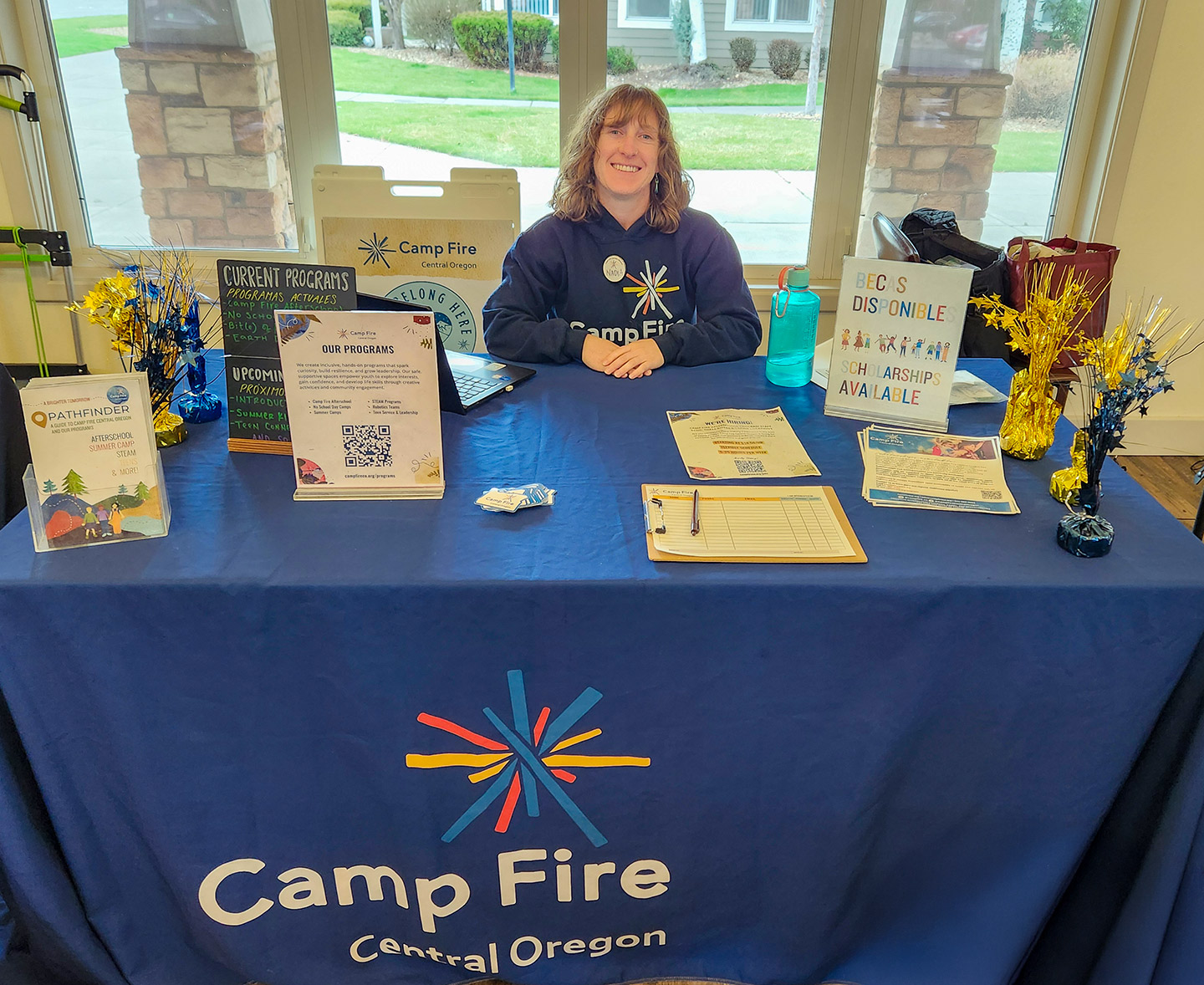Oregon Mortgage Association (OMA) doesn’t just help people find homes, they help build better communities…

According to a PAHRC housing impact report, more than one-third of low-income children live in affordable housing through federal assistance programs. On average, children living in publicly supported homes face more barriers to education than their peers. For example, there is a higher frequency of learning disabilities and developmental delays reported among this population. Additionally, these families may not have access to well-resourced schools equipped to help children reach their educational goals. Other key barriers may include a lack of internet access or healthy food options.
Access to affordable housing plays an important role in addressing these problems and mitigating their consequences.
A study from The National Housing Conference found evidence supporting this. They discovered that supportive and stable home environments lead to improved student achievement. For example, affordable housing helps reduce the frequency of disruptive moves which are linked to increased behavior and attention problems. What Works Collaborative, an organization focused on evidence-based housing policies, found that residential stability and an uninterrupted school year leads to fewer challenges for students. Additionally, that stability can provide a stress-free environment in which children can complete homework.
Housing is also a platform for improving education outcomes. Housing-centered educational programs can address the specific challenges children in publicly assisted housing face. These efforts can help fill the gaps left by under-resourced schools and make achieving academic success easier for low-income families.
Thank you for your support of affordable housing and positively impacting youth education in our community! The work doesn’t stop here, donate today to continue to better the lives and education of kids in Lane County.





